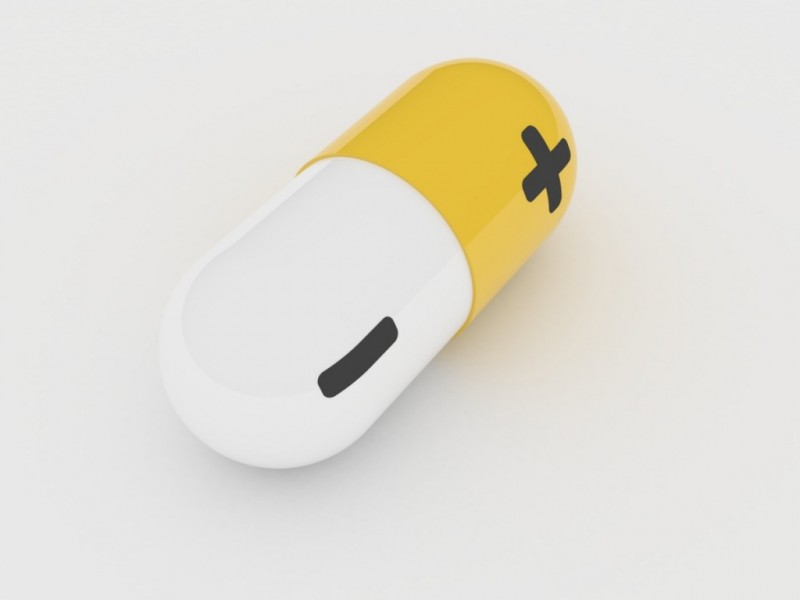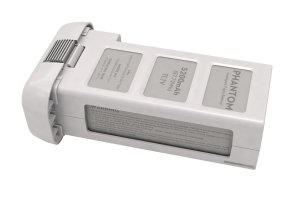How to Look After your Lithium Polymer Batteries, Vol. 1
By Chris Dorling
Lithium Polymer Batteries
Lithium Polymer Batteries (LiPo’s) have now been with us for many years and have become an essential part of this hobby. I bet that everyone reading this will have used a lithium battery in some way, shape or form. They now power many electrical devices, such as mobile telephones, laptops, and tablets.
There are different kinds of Lithium based batteries, but the most common for outdoor Drone use is the Lithium Polymer cell, due to the lightweight construction and the performance associated with this type of battery. From something as small as a single cell 100mAh battery you’ll find in Nano Proto X quadcopter, all the way up to 6 cell 22000mAh packs we’re now seeing in larger Drones! If you fly a DJI Phantom, a single battery constitutes more than 10% of your unit cost at $129 (versus the most expensive Vision+ that runs at $1159 today). So whether you are getting the most out of those batteries or not makes a lot of difference. Battery failure could cause malfunctions and even a crash, so a bad battery can actually cost you a lot more than just its replacement value.
Over the years we’ve seen continuous improvements in battery technology and I’m sure further improvements are on the horizon!
NiCad’s and NiMH’s
For decades we’ve been using nickel-cadmium (NiCd) batteries, later followed by nickel-metal hydride (NiMH). These have always served us well and still do. With these batteries, maintenance has always been key to maximising performance and durability. Neither like to be left for long periods of time without being cycled or topped up and both suffer from high internal self-discharge. NiCd batteries will typically lose approximately 1% of their charge per day; worse still NiMH batteries can lose as much 5-20% of their charge on the first day and 1-4% per day after that. Newer LSD (Low-Self-Discharge) NiMH battery technology such as Eneloop from Sanyo and others reduces this problem, but they still suffer.
Lithium Polymer batteries don’t self-discharge anywhere near as much. Typically, you can leave a fully charged LiPo on the shelf for a month and it might only lose 1% of its capacity. It means, in theory, you can leave a fully charged pack on the shelf for a month or two and just pick it up and go flying.
So, everything you know about NiCd & NiMH batteries must now be put to one side. LiPo cells demand a different level of respect and different rules apply. I’m sure some of you know the potential dangers of Lithium cells if used incorrectly, yet if used correctly, you shouldn’t have a problem and they’ll serve you well.
In this series, I will talk about how to treat your batteries and make sure you get the most out of your investment. It can be the difference between getting less than 50 or more than 200 cycles!
What We Will Cover in this Series of Articles
- Should you discharge your LiPos?
- Should you keep LiPos in the fridge?
- Lipo charging safety precautions.
- Traveling with LiPo batteries, regulations, cases.
- What to do to get 200 cycles from your LiPo instead of possibly 50.
- Whatever else you are interested in, so feel free to comment here what you would like to hear about.
So stay tuned for tons of useful tips to get the most out of your LiPo batteries!








require li-ion 3.7v 1200mAh 4’44wh battery for mobile phone model KLB12087 suitable for Konka mobile phone